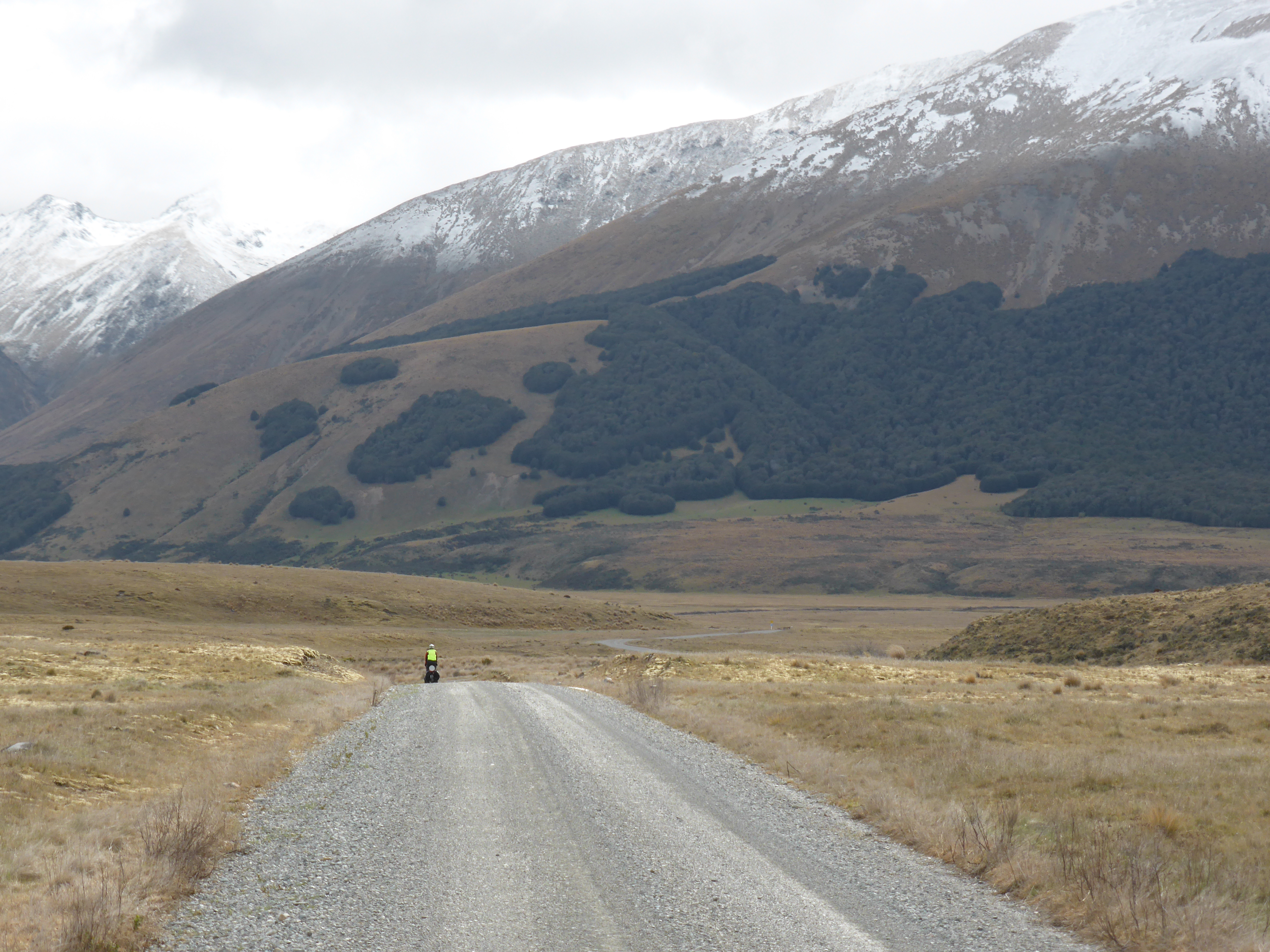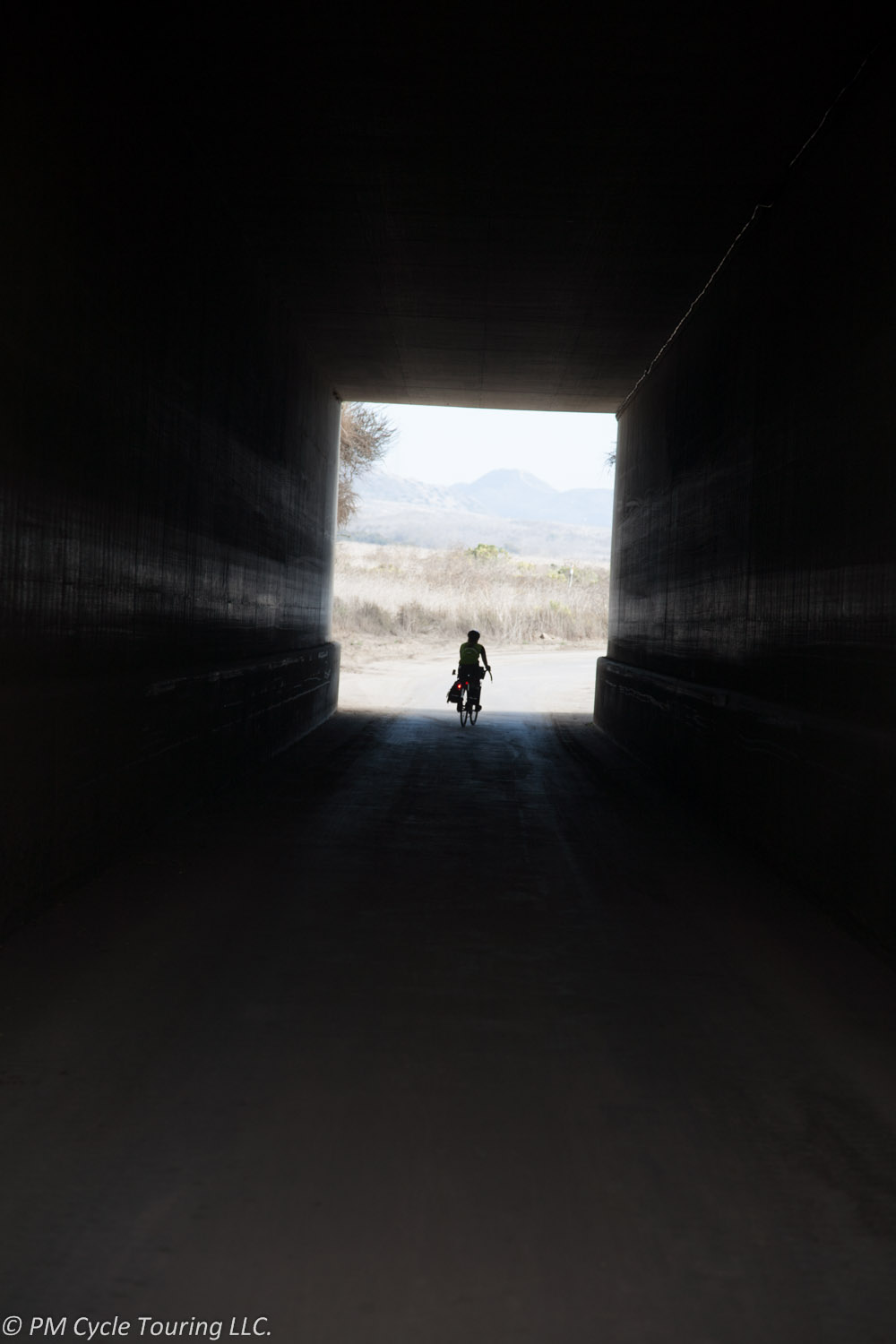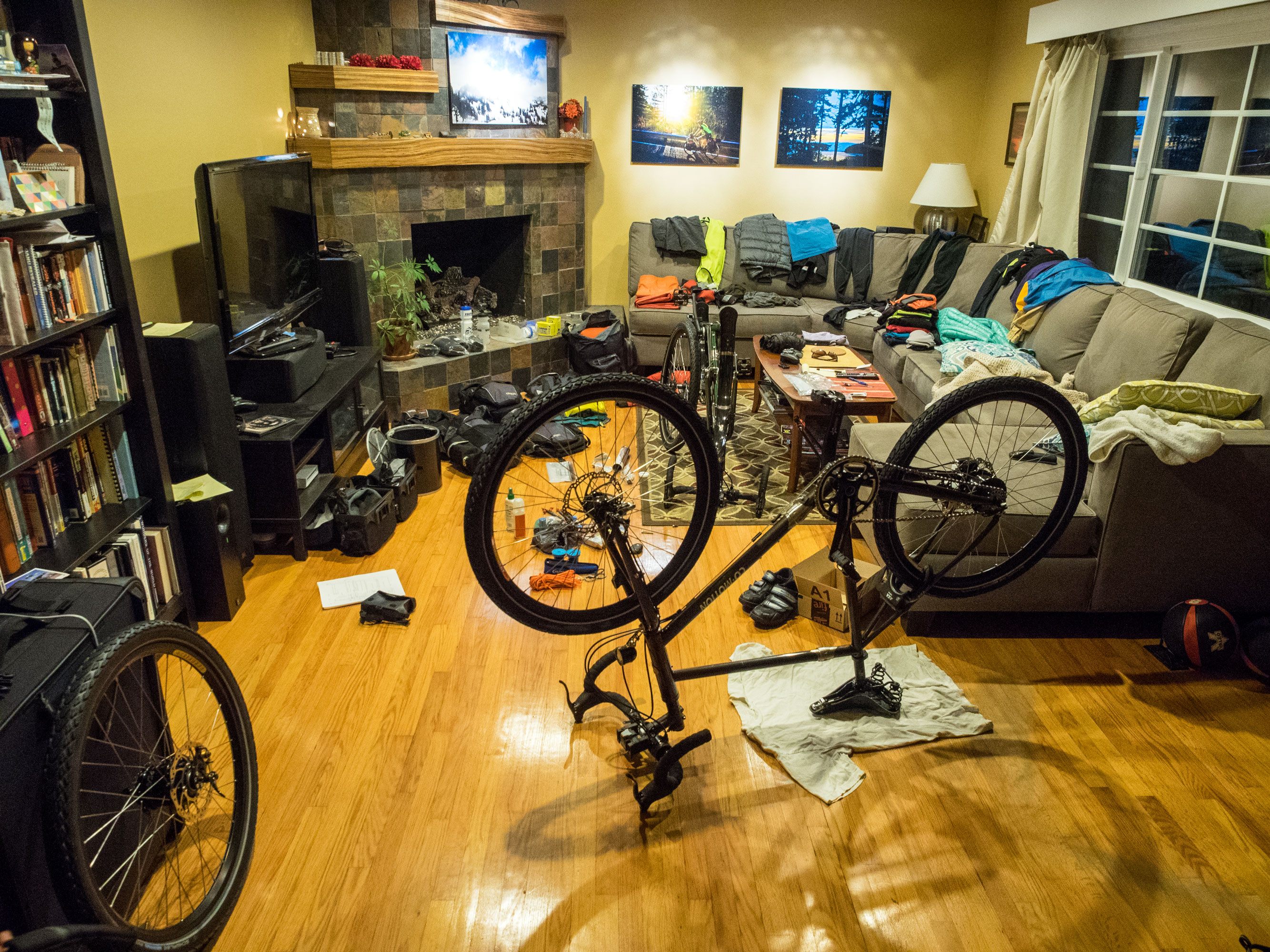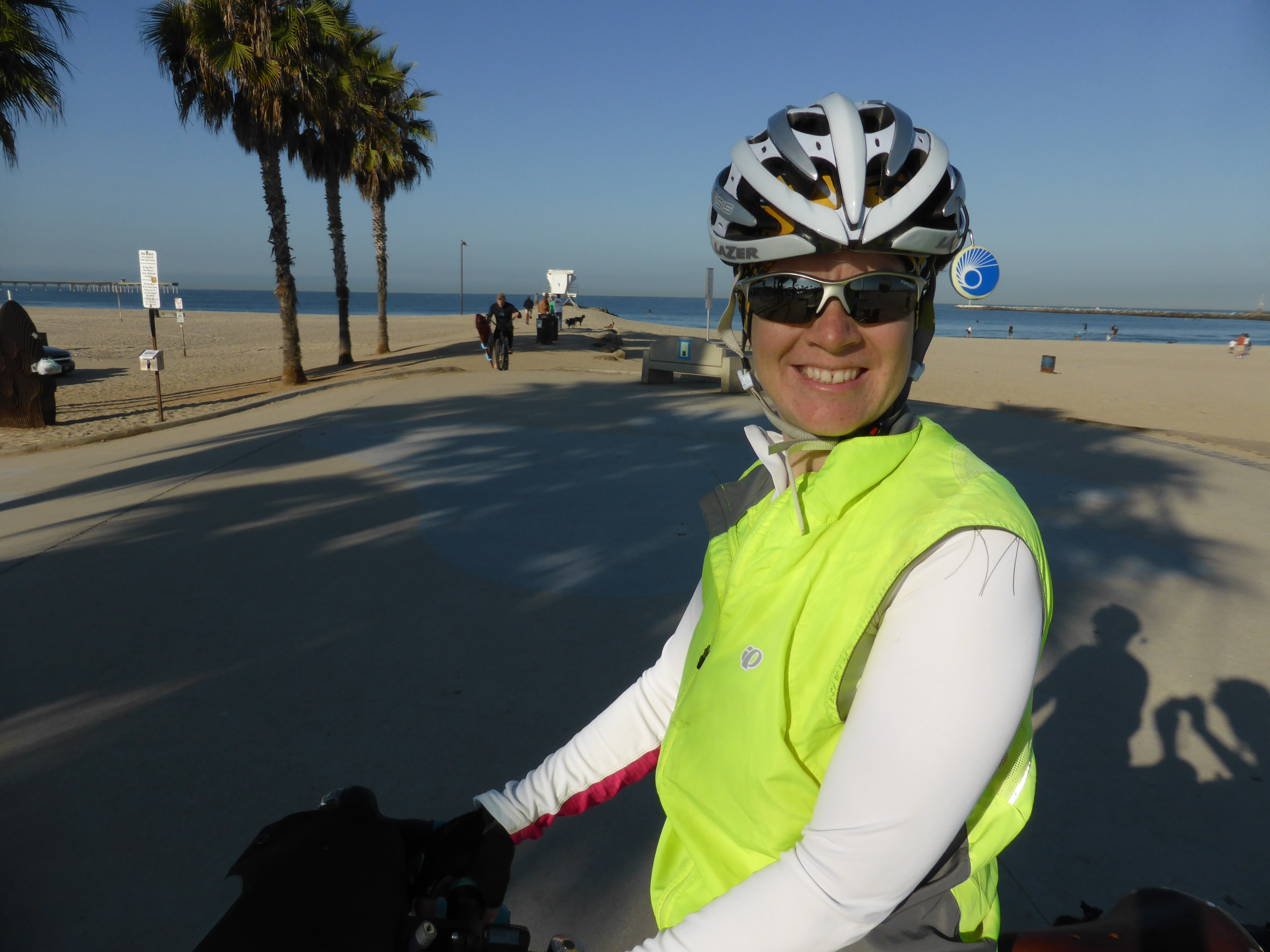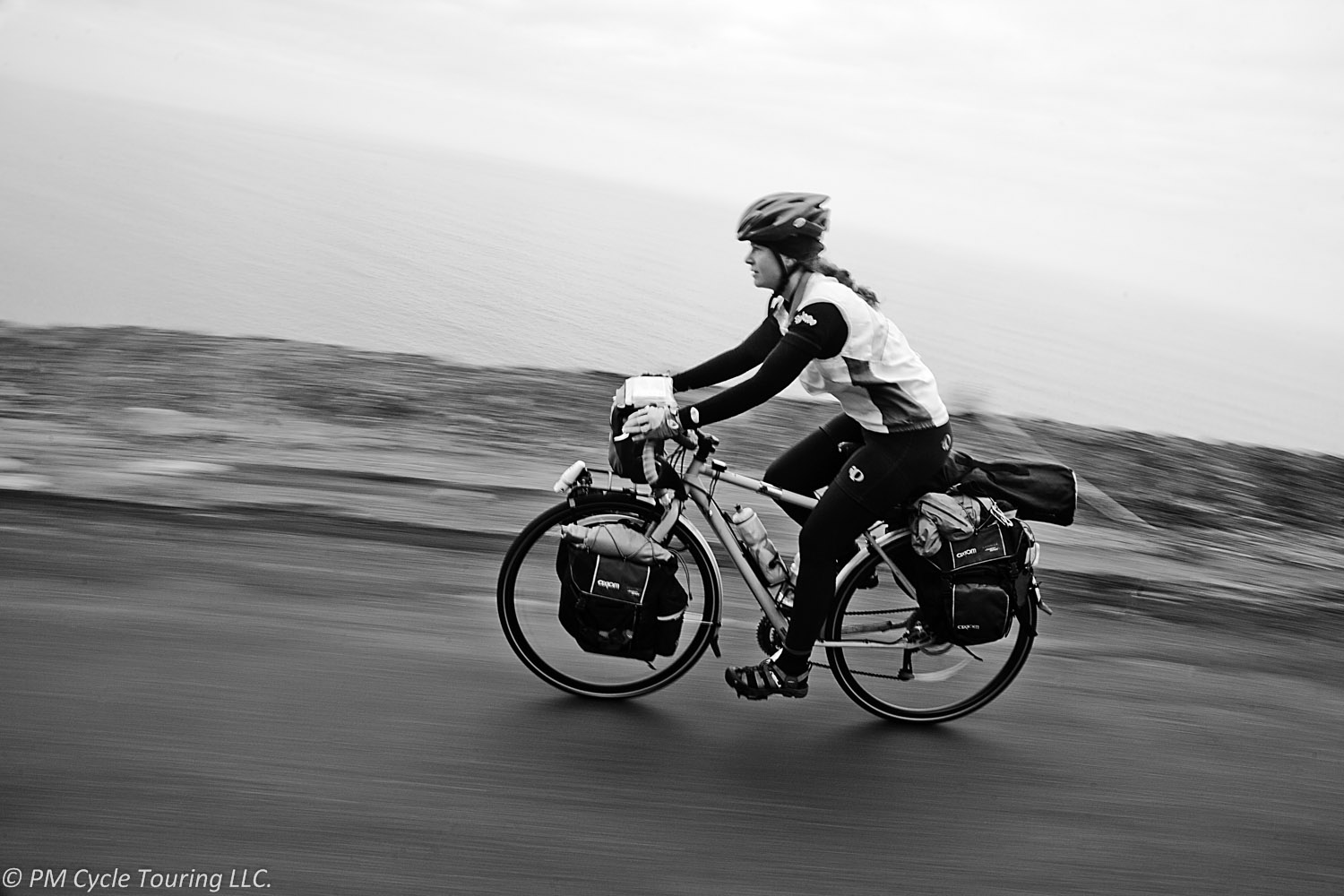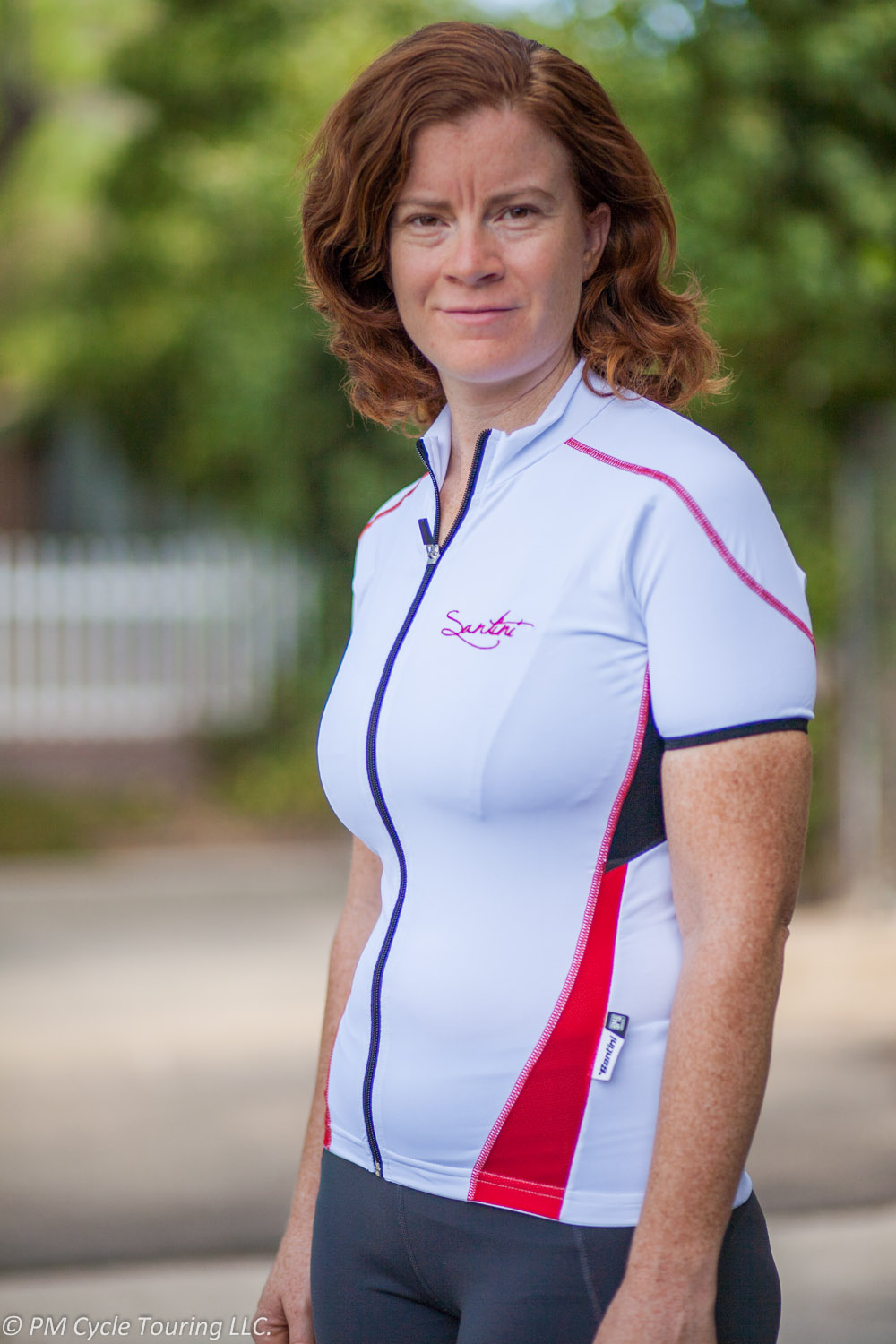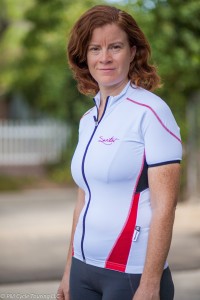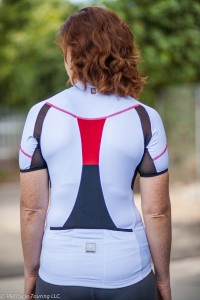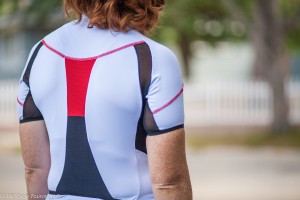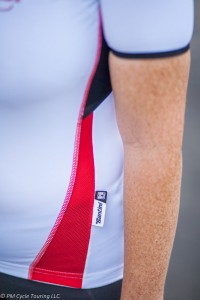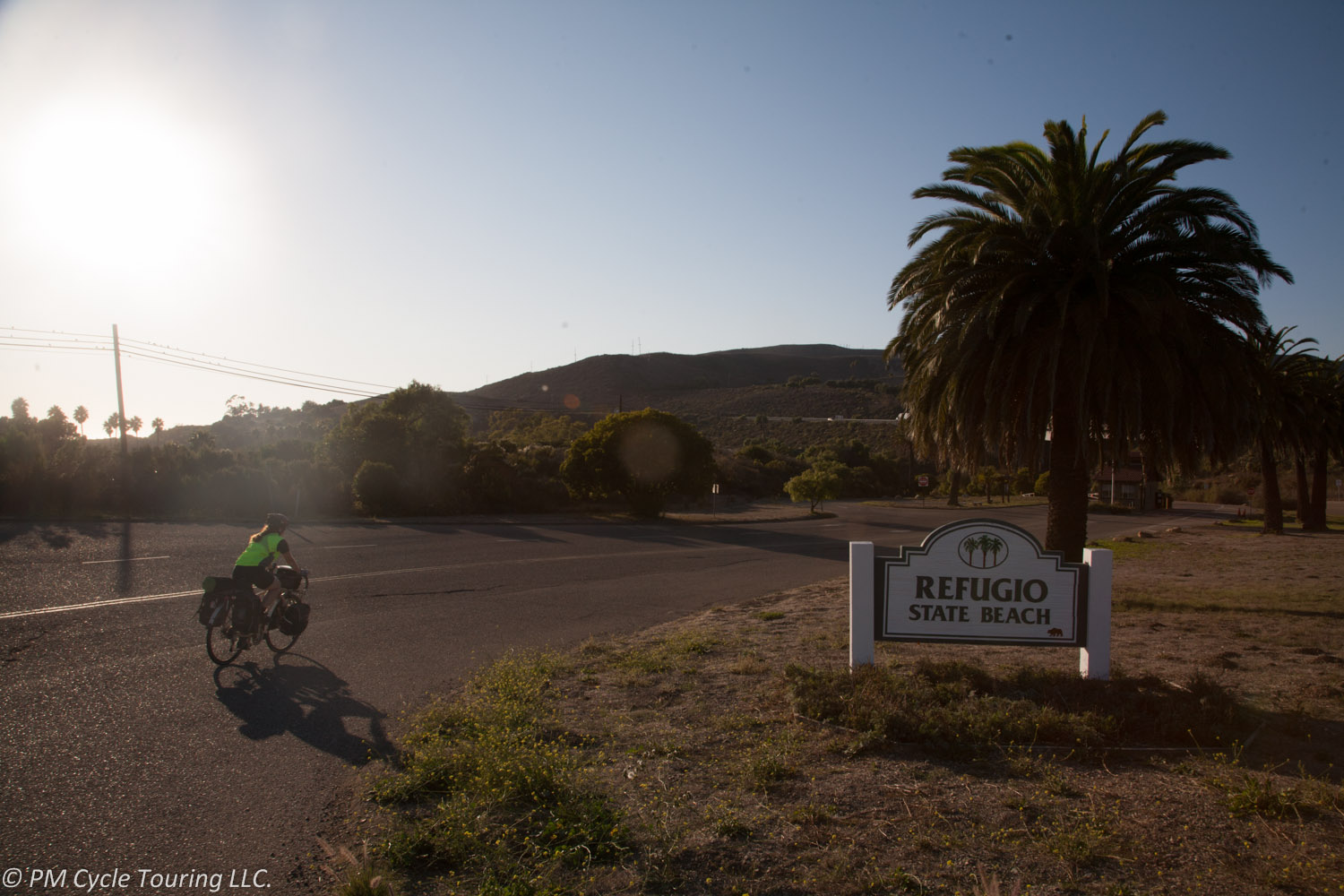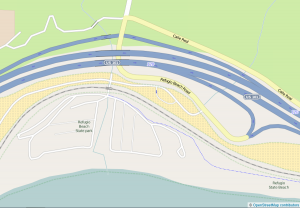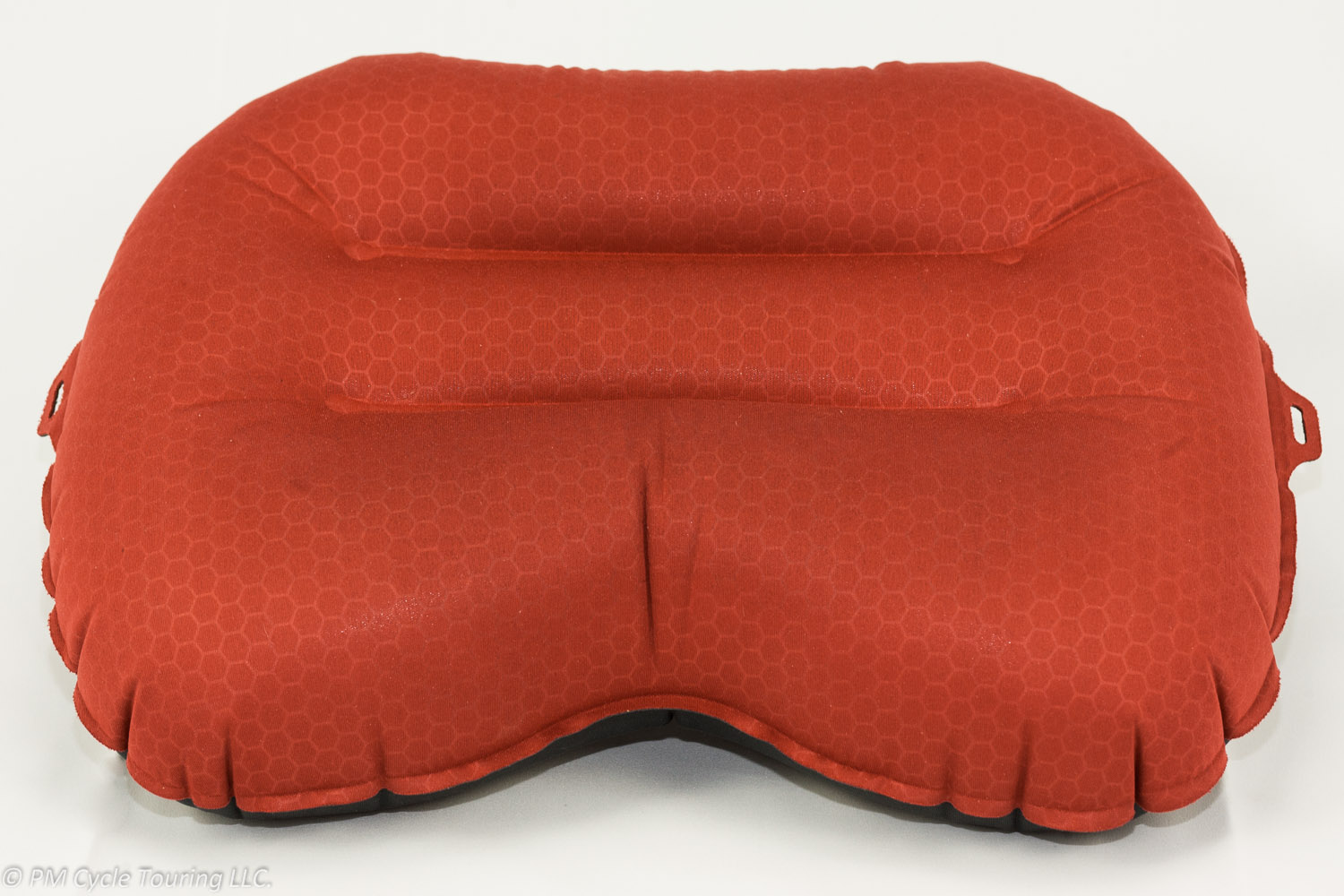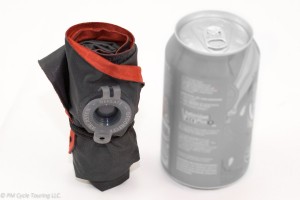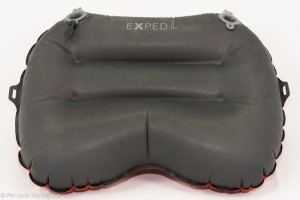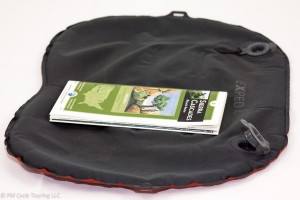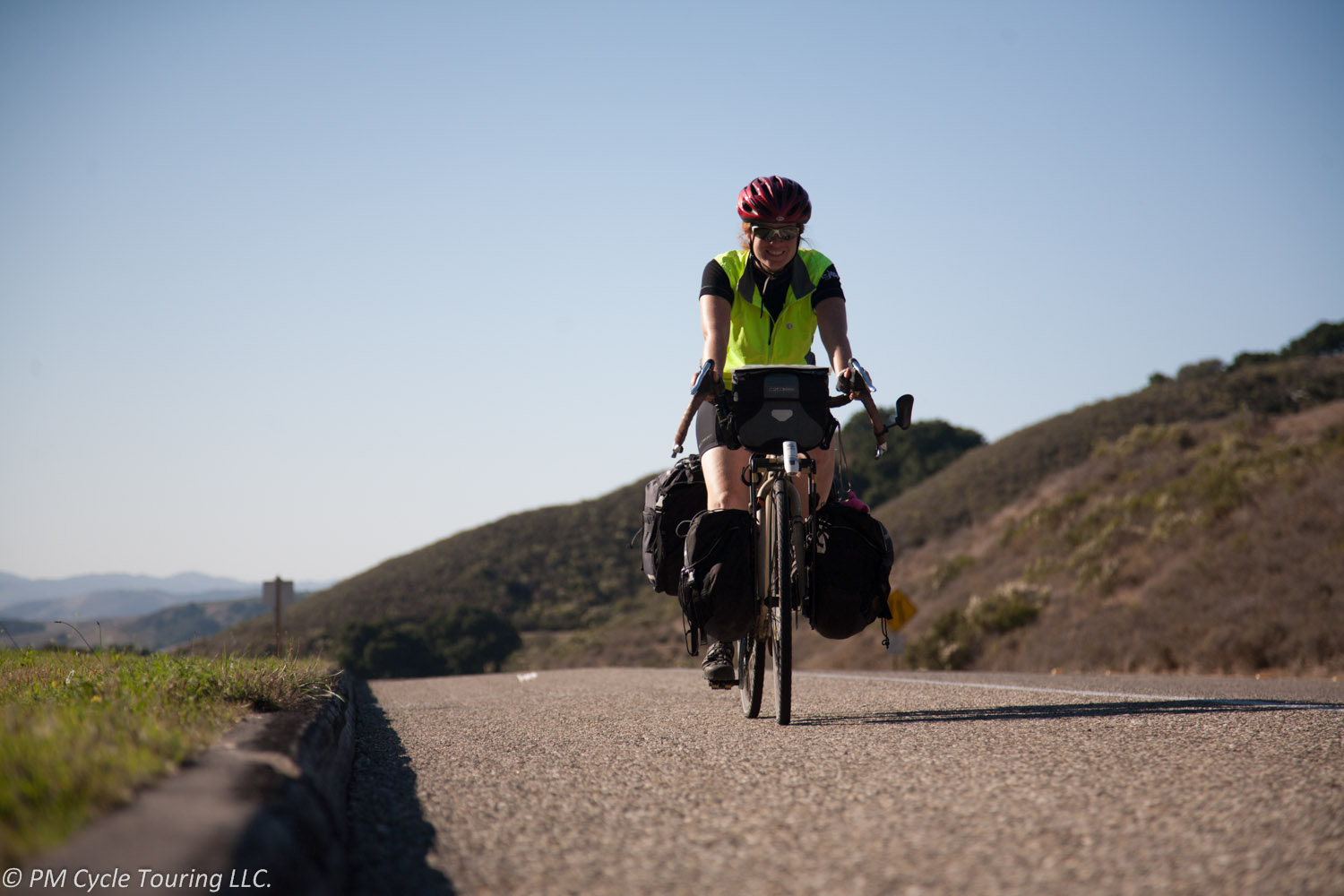Why are there so many references to hills in our language?
- An uphill battle
- It’s all downhill from here.
- Over the hill.
- King of the hill.
- Making a mountain out of a mole hill.
I think hills play a big part of our psyche as humans because they’re so visual. Starting as a little thing in the horizon, it grows and grows, then when you are standing at the base of the hill looking up you finally begin to understand what you are about to undertake. We’ve all climbed a challenging hill, felt the burn in our legs, lungs screaming for air. And then, eventually, the top is reached. With a sigh of relief, you catch your breath, and continue down the other side. Trust me, after our most recent tour in New Zealand, I have an even better appreciation for the incredible feeling of reaching the top of a hill.
But it’s not just climbing a hill on a bicycle. The same goes for any challenge in life that I face. I see it, and I’m a little nervous. Am I ready? Then I face it. I begin, and it may be hard, for a time. I might even want to stop. And sometimes I do. I take a little break, regroup, and collect myself. I might climb off the bike and walk up. But, I keep going, and then, I find myself at the “top,” where I can catch my breath and appreciate all the hard work I’ve just done. With a bit of pride, I continue on until the next challenge, the next hill. And this time, I’m a little stronger, the climb a little easier.
In his book “Spartan Up!” Joe De Sena, the creator of the Spartan Obstacle Course Races describes it perfectly: “To move freely, to breathe fully and deeply, and to have the ability to surmount physical obstacles is a privilege.” Just because something looks hard doesn’t mean it’s not worth doing. In fact, it’s really just the opposite. Every “hill” that comes our way is an opportunity for growth.
As Nelson Mandela said, “After climbing a great hill, one only finds that there are many more hills to climb.” But it all starts with that first one. The next time your route goes across a great hill don’t skip it, don’t go around, look at that hill and realize that hill is exactly why you are out here touring, to see the amazing world in ways that most people don’t, to feel what it takes for you to view the world powered by your own muscles, to conquer anything that mother nature can put in front of you. You can do it.
